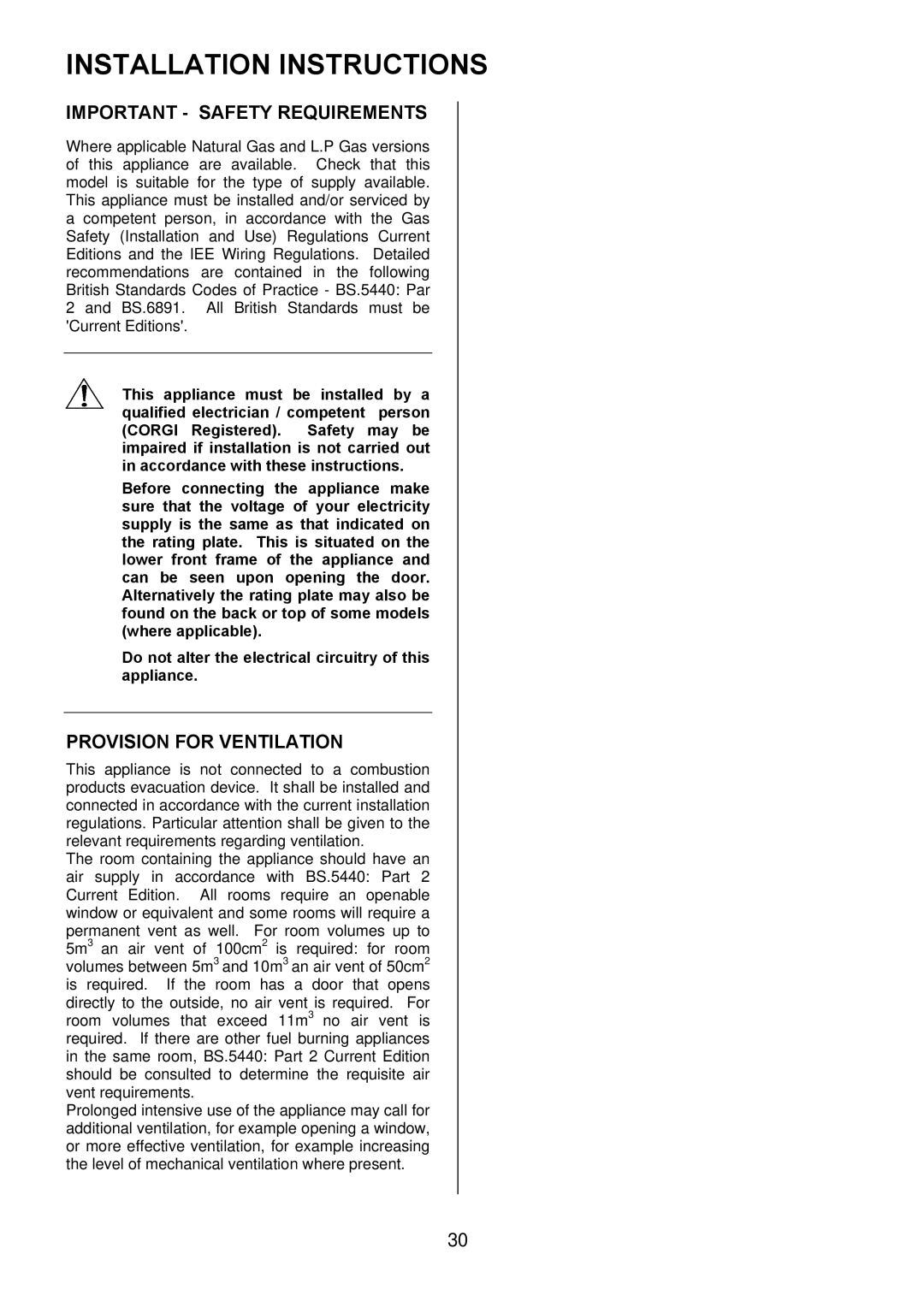EKM6047 specifications
The Electrolux EKM6047 is a high-performance kitchen appliance that combines style, functionality, and advanced technology, making it a favorite among home bakers and cooking enthusiasts. With its elegant design, the EKM6047 not only performs exceptionally but also adds a touch of sophistication to your kitchen.One of the standout features of the EKM6047 is its powerful motor, which operates at 1000 watts. This robust motor allows the mixer to handle even the toughest doughs, ensuring that you can make everything from bread to pastries with ease. The mixer is equipped with five speed settings, providing versatility for different mixing tasks. The slow start function prevents splatters, allowing you to gradually increase the speed for precise control.
The EKM6047 features a generous 4.8-liter stainless steel bowl, large enough to accommodate significant quantities of ingredients. This spacious bowl makes it ideal for batching recipes for family gatherings or special occasions. Additionally, the bowl has a handle for easy pouring and removal of batters and doughs.
One of the key technologies integrated into the EKM6047 is the planetary mixing system. This innovative design ensures that all ingredients are thoroughly combined, as the mixing head rotates around the bowl while spinning on its own axis. This clever mechanism provides consistent and efficient mixing results, eliminating the need for manual intervention to scrape down the sides of the bowl.
Another impressive characteristic of the Electrolux EKM6047 is its range of attachments. The mixer comes with several essential accessories, including a flat beater, a dough hook, and a wire whisk, allowing you to tackle various culinary tasks, from whipping cream to kneading dough. The attachments are easily interchangeable, ensuring that you can switch between tasks quickly.
Safety features are also a priority with the EKM6047. The mixer includes a safety lock that ensures the machine does not operate unless the bowl and head are securely in place. This thoughtful design protects users and enhances the overall user experience.
In summary, the Electrolux EKM6047 combines power and efficiency with a sleek design. It offers a variety of features and technologies that make cooking and baking not only easier but also more enjoyable. With its durable construction and user-friendly interface, it is an essential appliance for anyone who loves to create culinary delights at home. Whether you're a novice or a seasoned chef, the EKM6047 can elevate your baking experience.

